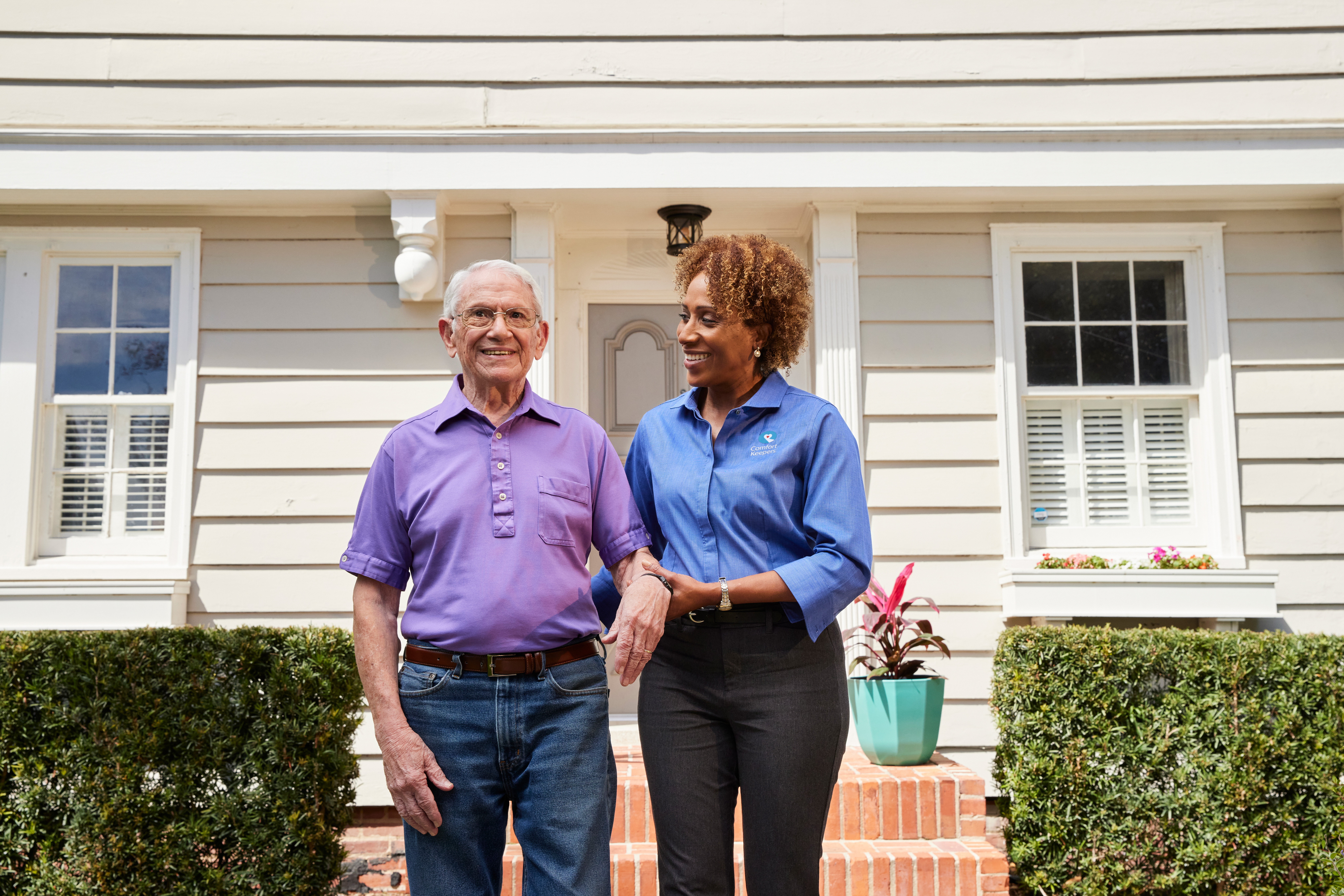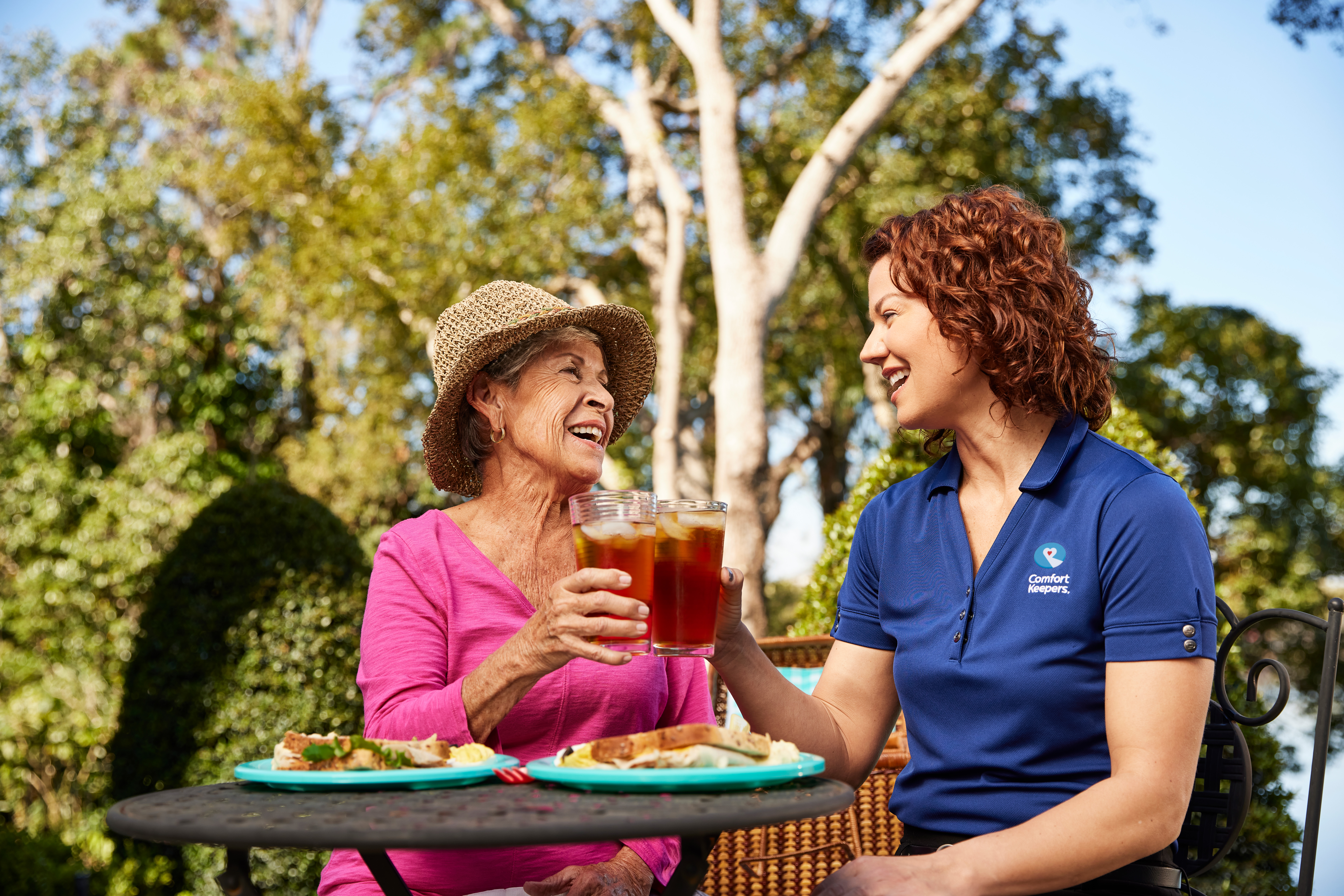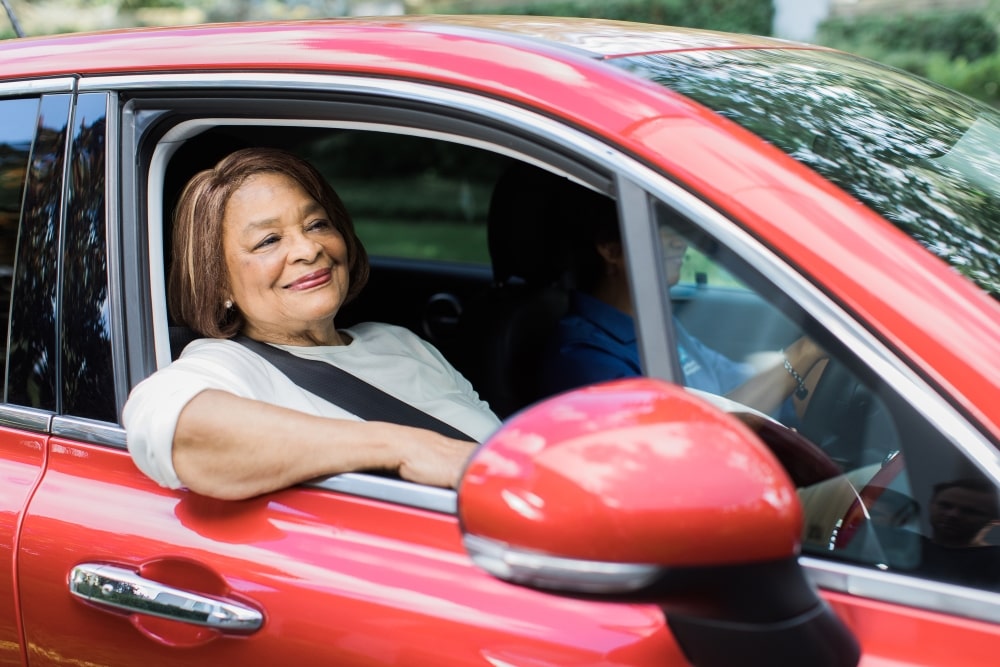Bathroom Safety: Keeping Toronto Seniors Safe in the Bathroom
Senior Safety | June 1, 2016
Fast Facts: Up to 80% of falls in the home occur in the bathroom.
We all have to take baths or showers. We all have to use the bathroom. These are not facts that change with age; what does change with age is our ability to safety perform these tasks. Bathrooms can be quite hazardous ─ especially for seniors because they typically have slippery surfaces, and nothing dependable to grasp in order to prevent falls. Fall-related injuries can range from minor cuts, scrapes, and bruises to more severe injuries, including broken bones such as hip fractures, head contusions, and even spinal cord injury.
Bathroom Safety For Seniors: The 3 Critical Areas
Most falls occur while stepping into and exiting the tub or shower; using towel bars, sink tops, or other objects for balance when walking; and sitting down and getting up from the toilet. Installing safety features in the bathroom can reduce the risk of falling. When renovating a bathroom for a senior’s safety, consider the options below.
Senior Safety Area #1 – Shower and tub:
- Install grab bars: Towel bars are great for holding towels but aren’t built to support weight. Install slip-resistant grab bars in easy-to-reach places to help support balance when entering and exiting the shower or tub. Choose ones that are color contrasted from the wall for visibility, and securely fixed to the studs of the wall for adequate support. Look at the spots the senior normally holds onto when entering or exiting, and place the grab bars there.
- Install a tension pole: An alternative to grab bars for getting in and out of a shower or tub is a tension pole running from floor to ceiling to hold onto for balance support.
- Use a shower chair: A shower chair can provide stability for balance and be a resting place for those who can’t stand for long periods of time. A good shower chair has rubber tips on the legs to prevent sliding. Use with a hand-held shower head, and the senior can remain seated.
- Try a bath transfer bench: A bath bench eliminates the problem of stepping in and out of the tub. Users can safely get by sitting down on the bench outside of the tub, then sliding over safely into the tub.
Senior Safety Area #2 – Slippery surfaces:
- Add non-slip mats: Having a non-slip rubber mat (or decals) on the floor of the shower or tub as well as a non-slip rug on the floor for stepping out helps seniors to feel more stable. Stepping onto a towel is not sufficient, as a towel can easily slip under the feet. A non-slip rug in front of the toilet and by the sink can help to reduce slipping on wet tiles.
- Add non-slip adhesive strips: These can be placed on the top of sink edges to guard against hand slippage if these surfaces are used for balance support.
Senior Safety Area #3 – Toilet:
- Use a raised toilet seat. Seniors may have difficulty lowering themselves down to sit on a low toilet seat and rising to a standing position safely, due to lack of arm and leg strength and balance. A raised toilet seat that raises toilet seat height by 3-4 inches reduces squatting.
- Install grab bars for standing and sitting. Or you can get raised seats with built-in grab bars. Bedside commodes are beneficial if a toilet is far away or if it’s difficult to use.
6 Simple Tips For Improving Bathroom Safety For Seniors
- Caregiver assistance. Seniors who experience episodes of dizziness when getting up too quickly benefit from someone being nearby when bathing.
- Keep it clean. Rid showers and tubs of soap scum and mildew regularly to reduce the slippery coating that forms as a result. Also, avoid clutter in the bathroom to prevent tripping.
- Put toiletries within reach. Mount easy-to-reach liquid soap and/or shampoo dispensers on the bath or shower wall (or shelf) to reduce the need to reach far or bend down for toiletries.
- Telephone or medical alert system. Having a phone nearby in the event of a fall and/or injury ensures that the senior gets help quickly. As an alternative, a medical alert system (that’s waterproof) can be used. These items could be life-savers for those who live alone.
- Bathroom doors. Does the door swing out or into the bathroom to open? If someone falls against the door, outward swinging doors will allow caregivers and emergency personnel quick access for treatment.
- Lighting. A poorly-lit pathway can easily cause a fall. Use night lights to create a well-lit path to the bathroom. Having night lights in the bathroom itself is helpful, too.
Comfort Keepers®’ trained caregivers help provide senior clients with the highest quality of life possible to keep them happy and healthy at home. Our Interactive Caregiving™ provides a system of care that addresses safety, nutrition, mind, body, and activities of daily living (ADLs) no matter what the weather.
For additional information on Comfort Keepers of Canada® at Toronto or any other Comfort Keepers of Canada® location please visit our home page or call us at 416-663-2930.
References:
- Senior Advisor. “Senior-Proof Your Bathroom”. Web. 2015.
- Consumer Affairs. “Making Bathrooms Safe for Seniors” by Rein Tideiksaar, Ph.D. Web. 2013.
Individualized Home Care Options
Long-Term Home Care, 24 Hour Home Care & Short Term Care Options Customized for You






